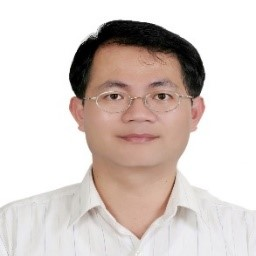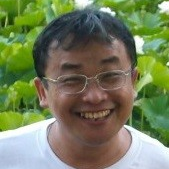Emerging Trends in Power Electronic Converters for Energy Storage Applications
A special issue of Applied Sciences (ISSN 2076-3417). This special issue belongs to the section "Electrical, Electronics and Communications Engineering".
Deadline for manuscript submissions: 31 August 2024 | Viewed by 641
Special Issue Editors
Interests: power electronics; motor and magnetic components design; transmission and distribution power systems design
Special Issues, Collections and Topics in MDPI journals
Interests: power electronics; converter topology; thermoelectric energy harvesting control; digital control
Special Issues, Collections and Topics in MDPI journals
Special Issue Information
Dear Colleagues,
Emerging trends in power electronics signify a shift towards greater efficiency, miniaturization, and enhanced reliability. Semiconductor advancements, novel circuit topologies, and innovative control strategies are propelling the development of converters that redefine energy management in various applications. On the other hand, energy storage is now the linchpin of energy transition. With renewable energy sources like solar and wind gaining prominence, energy storage systems have emerged as critical components to address intermittency challenges. Power electronic converters serve as the linchpin connecting emerging trends, energy storage technologies, and diverse applications but also empower energy storage systems with the capability to respond dynamically to changing energy demands. As a result, energy storage applications across various sectors, from grid-scale solutions to portable electronics, are ushering in a more sustainable and efficient energy future.
Prof. Dr. Jenn-Jong Shieh
Prof. Dr. Kuo-Ing Hwu
Guest Editors
Manuscript Submission Information
Manuscripts should be submitted online at www.mdpi.com by registering and logging in to this website. Once you are registered, click here to go to the submission form. Manuscripts can be submitted until the deadline. All submissions that pass pre-check are peer-reviewed. Accepted papers will be published continuously in the journal (as soon as accepted) and will be listed together on the special issue website. Research articles, review articles as well as short communications are invited. For planned papers, a title and short abstract (about 100 words) can be sent to the Editorial Office for announcement on this website.
Submitted manuscripts should not have been published previously, nor be under consideration for publication elsewhere (except conference proceedings papers). All manuscripts are thoroughly refereed through a single-blind peer-review process. A guide for authors and other relevant information for submission of manuscripts is available on the Instructions for Authors page. Applied Sciences is an international peer-reviewed open access semimonthly journal published by MDPI.
Please visit the Instructions for Authors page before submitting a manuscript. The Article Processing Charge (APC) for publication in this open access journal is 2400 CHF (Swiss Francs). Submitted papers should be well formatted and use good English. Authors may use MDPI's English editing service prior to publication or during author revisions.
Keywords
- battery energy storage system
- renewable energy curtailment
- power grid congestion
- inverter-based renewable energy source
- multilevel converter






